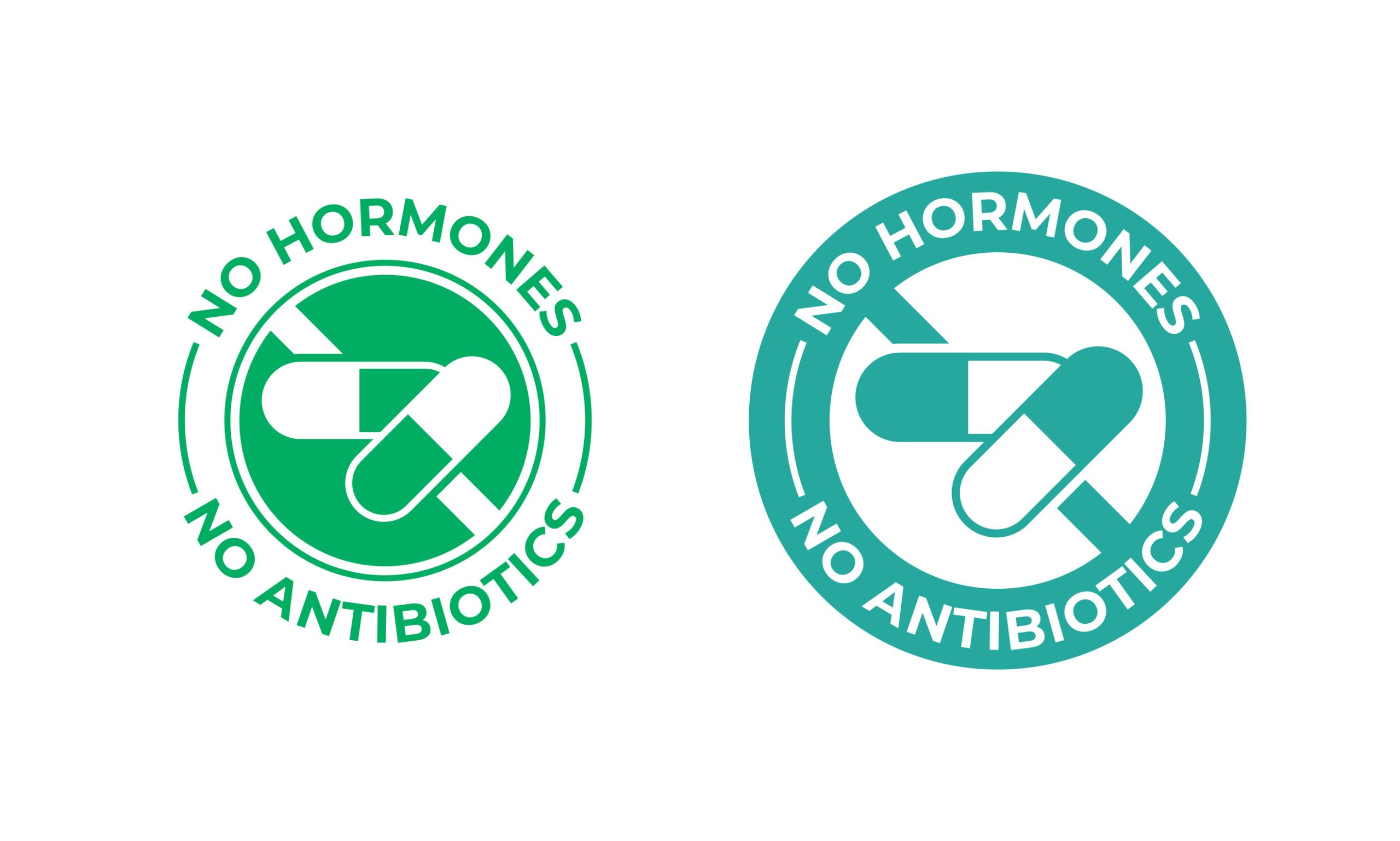Walk through any grocery store, and you’ll see dozens of food labels designed to make you feel like you’re making healthier, more ethical choices. “Cage-free,” “grass-fed,” “organic,” “free-range”—they sound reassuring. But how much of that language is regulated, and how much is just clever marketing? The truth is, many of these terms don’t mean what shoppers think they do. Let’s break down some of the most common food labels and uncover what they actually represent behind the packaging.
1. “Cage-Free” Doesn’t Mean Chickens Roam Free
The term “cage-free” is one of the most misunderstood labels on egg cartons. It sounds like hens are wandering open fields—but in reality, they’re often packed into large, enclosed barns without individual cages. These chickens still live indoors their entire lives, sometimes with limited space and poor ventilation. There are no guarantees they see daylight or have access to the outdoors. While it’s technically better than being caged, it’s not quite the idyllic farm scene the label suggests.
2. “Grass-Fed” Might Not Mean 100% Grass-Fed

Image Source: 123rf.com
When you see “grass-fed” on beef packaging, you might picture cattle grazing on green pastures for life—but that’s not always accurate. In the U.S., the label “grass-fed” isn’t tightly regulated and can sometimes mean the animal started on grass but was later fed grain. Unless the label says “100% grass-fed” or is verified by a third party, the meat may have been finished on a feedlot. This distinction matters because grass-fed beef tends to have different fat content and nutritional value. Always check for added certifications if grass-fed is important to you.
3. “Free-Range” Is Often a Technical Loophole
“Free-range” sounds great in theory, but it can mean surprisingly little in practice. For poultry, it simply means the birds had “access to the outdoors,” which might be a small door in a crowded barn that they rarely use. There’s no requirement for how long they must be outside, how large the outdoor area must be, or even whether the animals use it. Many chickens labeled “free-range” never actually step foot on grass. It’s a label that relies more on technicalities than transparency.
4. “Natural” Means Almost Nothing
Perhaps the most misleading food label of all, “natural,” is not well-defined by the FDA. It generally means the product doesn’t contain artificial colors or synthetic ingredients, but that’s about it. It says nothing about how the food was grown, what the animals were fed, or whether any chemicals were used. A “natural” label can still appear on heavily processed, sugar-laden, or factory-farmed items. Many brands use this term purely for marketing appeal, not because the product is healthier or better for you.
5. “Organic” Has More Meaning—But It’s Not Perfect
Unlike many food labels, “organic” is actually regulated and must meet specific USDA standards. Organic products must be grown without synthetic pesticides, fertilizers, or genetically modified organisms (GMOs). For meat and dairy, it also means animals must be fed organic feed and have access to the outdoors. However, “access” is a vague term, and some organic farms still resemble industrial operations. While it’s more meaningful than most labels, organic doesn’t always mean small-scale or cruelty-free.
6. “No Antibiotics” and “No Hormones” Require a Closer Look

Image Source: 123rf.com
Labels like “no antibiotics ever” or “raised without hormones” can be useful—but they’re also sometimes deceptive. Hormones are banned entirely in poultry production, so putting “no hormones” on chicken is just stating the legal minimum, not a bonus. Meanwhile, “no antibiotics” may only apply to a portion of the animal’s life unless verified by third-party certifications. Look for labels like “USDA Process Verified” or “Certified Humane” for more assurance that these claims are legitimate. Otherwise, you might just be paying more for standard practices dressed up as special.
7. “Pasture-Raised” and “Certified Humane” Carry More Weight
If you want to support ethical farming, look for labels like “pasture-raised” or “Certified Humane.” These terms are typically backed by third-party standards that guarantee a higher quality of life for animals. “Pasture-raised” usually means animals spent significant time outdoors, on real grass, with room to move. “Certified Humane” audits farms for animal treatment, living conditions, and feed quality. While these products tend to cost more, the labels actually mean something, and you’re more likely to get what you think you’re paying for.
Reading Beyond the Label Is the Real Power Move
Food labels are designed to influence your choices, not always to inform you honestly. While some terms carry real value, many rely on vague language and weak regulations to give you a warm and fuzzy feeling. If you truly want to make better food decisions—for your health, your wallet, or animal welfare—dig deeper than the packaging. Look for third-party certifications, understand what each label actually means, and don’t fall for buzzwords. In the end, an educated shopper is a powerful one.
Which food labels do you trust—or avoid entirely? Drop your thoughts in the comments, and let’s compare grocery store strategies!
Read More
10 Ways ‘Organic’ Labels Can Be Misleading at the Grocery Store
Grocery Chains Sued for Mislabeling: How Trustworthy Are Your Food Labels?


